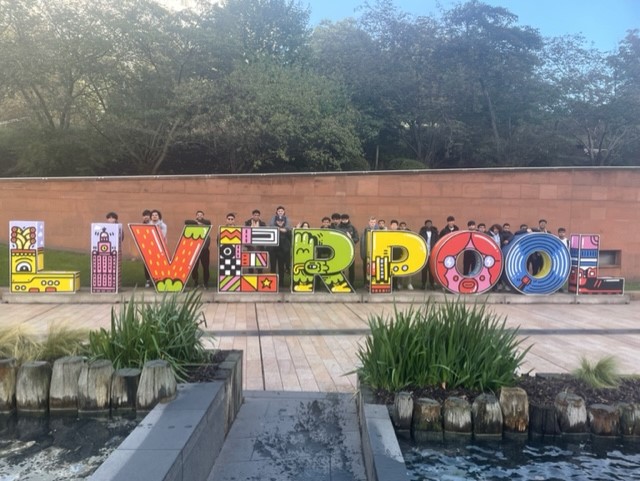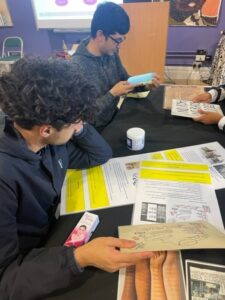Liverpool Trip
On Thursday 13th October the Year 13 History students went on an eye-opening trip to the International Slavery Museum in Liverpool where we looked through the history of transatlantic slavery and its aftermath. It is located on the very dock where many enslaved Africans and goods were imported and exported through the trade triangle. We saw some examples of their culture such as fabrics from Ghana and jewellery from Benin which displayed that, contrary to the image sometimes painted by colonisers, countries in Africa were civilised in a different way. As we moved through the museum, we found examples of the abhorrent conditions of the transportation of slaves and their work on the plantations. One example that was particularly alarming was the treatment of female house slaves who were in constant danger of being abused and harassed. In addition to this, the long-term effects of discrimination were demonstrated throughout the civil rights movement by the segregation of black people from their “fairer” counterparts and we saw the devastating mental effects of this through the skin colour chart to determine where the slaves were to work.
Reece Qureshi, 13PJO
What is the impact of slavery? During the interactive session at the museum, we learnt about the consequences of slavery playing a role in racial bias. This was shown by the book The Three Golliwogs by Enid Blyton and the repercussions of the racial stereotype on black people the book had. As a result, we reflected on the racism in society that still exists. Furthermore, we learnt examples of modern-day racism and stereotypes based on colour. For example, we were shown a Nivea advert in Africa which showed white skin as fair based on the idea that black is impure and white is pure. We discussed the impact of this on perceptions of colour and superiority. Overall, the session opened our eyes to the centuries of racism which is ongoing today and the challenge to overcome it.
Furqan Waseem, 13PJO
Learning about the horrors of slavery has always been one of my main interests in history. The trip to Liverpool further ignited that passion as the trip was extremely interesting and informative. One of the main parts of the trip was a lesson on the stereotype ‘white = pure and black = impure’, which led to many black people being discriminated against, even after emancipation. It was very interesting finding out about the ins and outs of slavery, and how a countries laws can change, but people’s deep-rooted attitudes remain the same. This trip gave a very good insight on how slavery impacted a lot of people’s lives negatively, and how slavery still exists today in many different forms.
Awais Younis, 13PJO
Slavery has always been an interesting and heart dropping topic to revise and learn about for me personally. The museum gave us a complete overview on how the slaves were treated within these tough times, and certainly gave me much to think about because of the scenes that they were showing. One of the main topics was to do with racial stereotypes, and how badly black people were treated, especially seeing upsetting signs that said, “No Irish, No dogs, No blacks”. We tried to appreciate how disheartened you would feel if you and your family had to experience this every single day, and you had to stay in “safe” areas. Overall, a lot of thought-provoking knowledge was gained from the stories, diagrams and models of the experience of black people across the centuries.
Cameron Claire, 13KOR

















